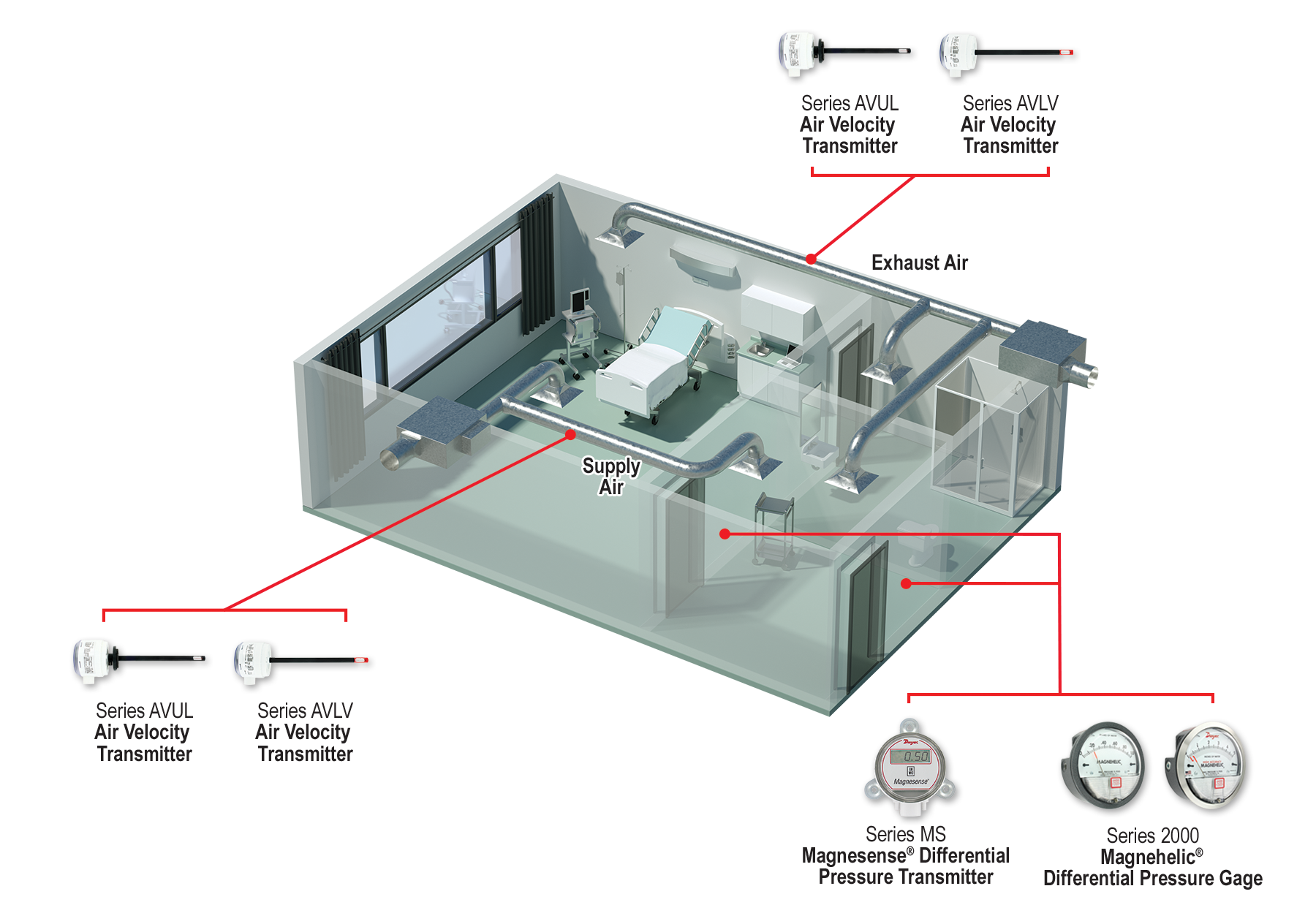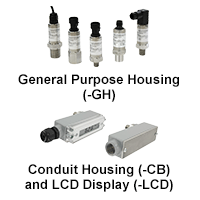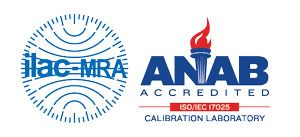
If you’ve been watching the news lately, you may have heard about isolation room facilities that are going up at a record pace. We’ve explained in our other blog articles some of the ways that our products are being used to fight COVID-19.
This fight isn’t the first time our products have been used in applications that help save lives, and it won’t be the last. Dwyer products are used across the world by people who produce food, clean water, and ensure the quality of life of those around them. They’re seen at core turning points in the history of both the United States and abroad. Continue reading “Time-Tested Innovation | From Apollo 11 to COVID-19 Isolation Rooms”




 Many readers have likely heard the terms transducer and transmitter used interchangeably without much confusion. When searching the internet for either term, search engines provide nearly identical results. Are there any differences? The short answer is “yes”.
Many readers have likely heard the terms transducer and transmitter used interchangeably without much confusion. When searching the internet for either term, search engines provide nearly identical results. Are there any differences? The short answer is “yes”. 
 Electrostatic discharge (ESD) is a unique phenomenon that can be seen in everyday life. The effects of ESD can be seen by rubbing a balloon on your head, resulting in your hair sticking to the balloon, or by touching a doorknob or a pet in a dry building and receiving a static shock.
Electrostatic discharge (ESD) is a unique phenomenon that can be seen in everyday life. The effects of ESD can be seen by rubbing a balloon on your head, resulting in your hair sticking to the balloon, or by touching a doorknob or a pet in a dry building and receiving a static shock.
 Picture this: You’re driving on the highway and push your car’s speed to the limit. Suddenly, a police officer pulls up behind you. Your heart races and stomach drops. You hold your breath as your eyes quickly dash to your car’s speedometer, double-checking your speed. Luckily, you aren’t going over the speed limit. Just as the butterflies in your stomach start to settle, red and blue lights start flashing behind you. You slow the car and come to a stop. The officer tells you that you were going far faster than you thought that you were. Turns out, your speedometer is out of calibration. Now, not only are you running late, but you also owe the state a couple hundred dollars.
Picture this: You’re driving on the highway and push your car’s speed to the limit. Suddenly, a police officer pulls up behind you. Your heart races and stomach drops. You hold your breath as your eyes quickly dash to your car’s speedometer, double-checking your speed. Luckily, you aren’t going over the speed limit. Just as the butterflies in your stomach start to settle, red and blue lights start flashing behind you. You slow the car and come to a stop. The officer tells you that you were going far faster than you thought that you were. Turns out, your speedometer is out of calibration. Now, not only are you running late, but you also owe the state a couple hundred dollars.